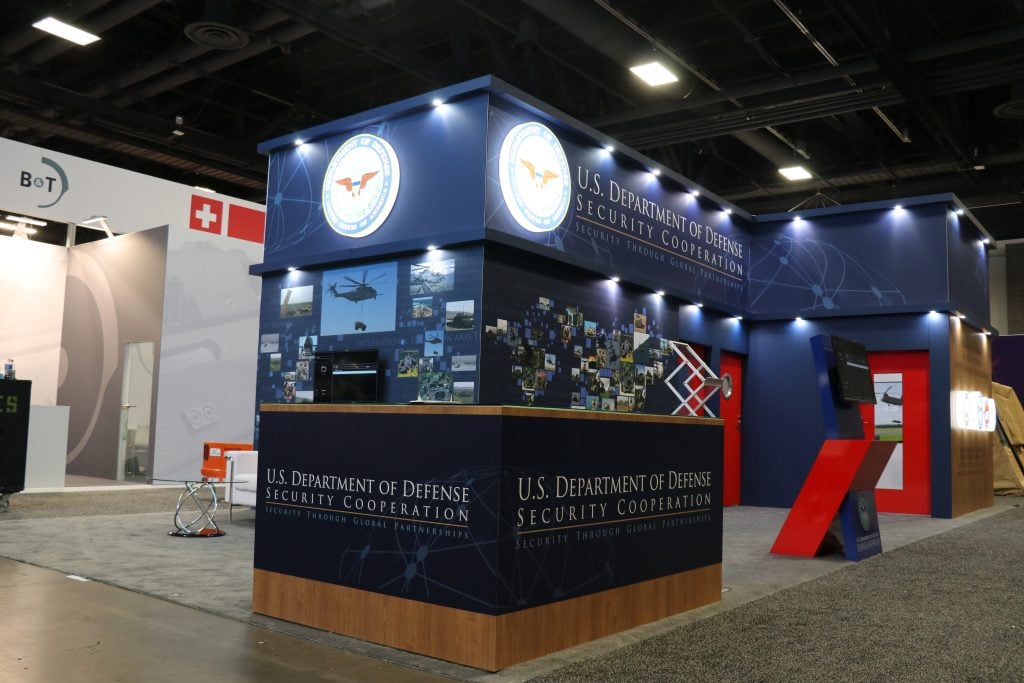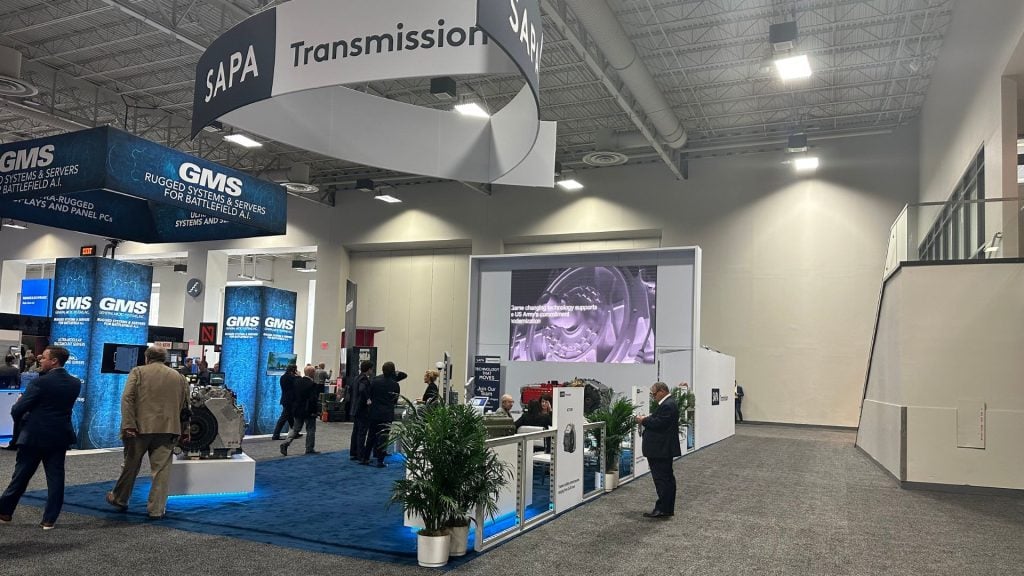
Introduction
The landscape of trade show exhibits is evolving rapidly, driven by technological advancements and the need for more inclusive, engaging experiences. Integrating online and offline elements is essential for creating dynamic and successful events.
This approach not only broadens the reach of trade shows but also enhances the experience for all participants. This blog explores strategies for effectively bridging the digital divide, ensuring a seamless integration of online and offline experiences in trade shows.
1. Understanding the Digital Divide:
The digital divide refers to the gap between those who have access to digital technologies and those who do not. In the context of trade shows, this can mean the difference between participants who can engage with online content and those who can only attend in person.
- Access and Inclusivity: Ensuring that all potential attendees, regardless of their location or technological capabilities, can participate fully is crucial. This means offering both online and offline access to event content.
- Technology Barriers: Recognize the technological barriers that some attendees may face, such as limited internet access or lack of familiarity with digital platforms. Providing support and alternative options is essential for inclusivity.
2. Benefits of Integrating Online and Offline Experiences:
Integrating online and offline experiences offers numerous benefits, enhancing the overall impact of trade shows.
- Extended Reach: Online components allow participants from around the world to attend, significantly expanding the event’s reach. This global access can attract a more diverse audience.
- Increased Engagement: Combining digital and physical elements can create more engaging and interactive experiences. Online tools can enhance participation and provide additional layers of interaction.
- Flexibility: Offering both online and offline options provides flexibility for attendees, accommodating different preferences and schedules. This can lead to higher attendance and satisfaction rates.
3. Strategies for Seamless Integration:
Successfully integrating online and offline experiences requires careful planning and execution. Here are some key strategies:
- Unified Platform: Utilize a unified platform that supports both online and offline activities. This platform should offer seamless navigation between virtual and physical elements, ensuring a cohesive experience.
- Hybrid Content: Develop hybrid content that is accessible both online and offline. For example, keynote speeches, panel discussions, and product demonstrations can be live-streamed and recorded for later viewing.
- Interactive Elements: Incorporate interactive elements that engage both online and offline participants. This can include live polls, Q&A sessions, and virtual networking opportunities.
- Consistent Branding: Ensure that your branding is consistent across all platforms. This creates a unified look and feel, reinforcing brand recognition and creating a cohesive experience.
4. Enhancing Online Experiences:
Online participants should feel just as engaged and valued as those attending in person. Here are ways to enhance their experience:
- Virtual Booths: Create virtual booths that mirror the physical ones. These can include interactive features such as 3D product models, video chats with representatives, and downloadable resources.
- Live Interaction: Offer live interaction opportunities, such as video calls, live chats, and virtual meet-and-greets. This helps replicate the networking experience of in-person events.
- Exclusive Content: Provide exclusive content for online attendees, such as behind-the-scenes tours, additional workshops, or special guest appearances. This adds value to the virtual experience.
5. Enhancing Offline Experiences:
For in-person attendees, integrating digital elements can enrich their experience and provide additional engagement opportunities.
- Augmented Reality (AR): Use AR to create immersive experiences within the physical booth. Attendees can use their smartphones to interact with products and displays in new and exciting ways.
- Mobile Apps: Develop a mobile app that offers event information, schedules, maps, and interactive features. This app can also provide access to online content, bridging the gap between the digital and physical worlds.
- Digital Engagement: Encourage in-person attendees to engage with online platforms. For example, they can participate in live polls, social media challenges, and virtual networking activities.
6. Data and Analytics:
Leveraging data and analytics can provide insights into attendee behavior and preferences, helping to refine future events.
- Real-Time Analytics: Use real-time analytics to monitor engagement levels across both online and offline platforms. This data can help identify which content and activities are most popular and effective.
- Feedback Mechanisms: Implement feedback mechanisms such as surveys and polls to gather input from attendees. This feedback can inform improvements and adjustments for future events.
- Personalization: Use data to personalize the experience for attendees. For example, recommend sessions or exhibitors based on their interests and previous interactions.
7. Overcoming Challenges:
Integrating online and offline experiences comes with challenges, but they can be addressed with careful planning and execution.
- Technical Issues: Ensure robust technical support to address any issues that may arise. Have contingency plans in place to deal with connectivity problems or platform failures.
- Engagement Balance: Striking the right balance between online and offline engagement can be tricky. Design activities that complement each other and encourage cross-participation.
- Security Concerns: Protect the privacy and data of all attendees. Implement strong security measures for online platforms and ensure compliance with relevant regulations.
8. Future Trends:
The integration of online and offline experiences is an evolving trend, and staying ahead of emerging developments is crucial.
- Virtual Reality (VR): VR technology is likely to play a larger role in creating immersive and engaging experiences for online attendees.
- Artificial Intelligence (AI): AI can enhance personalization and interaction, providing tailored recommendations and facilitating networking.
- Sustainability: Hybrid events can contribute to sustainability by reducing the need for travel and physical resources. This aligns with growing environmental concerns and practices.
Conclusion:
Bridging the digital divide by integrating online and offline experiences is essential for the future of trade shows. This approach not only expands reach and engagement but also creates a more inclusive and flexible platform for all participants.
By leveraging technology, developing hybrid content, and addressing challenges, organizers can create dynamic and impactful events that cater to the needs of a diverse audience. As the trade show industry continues to evolve, the successful integration of digital and physical elements will be key to maximizing value and achieving long-term success.


 Global
Global Europe
Europe

